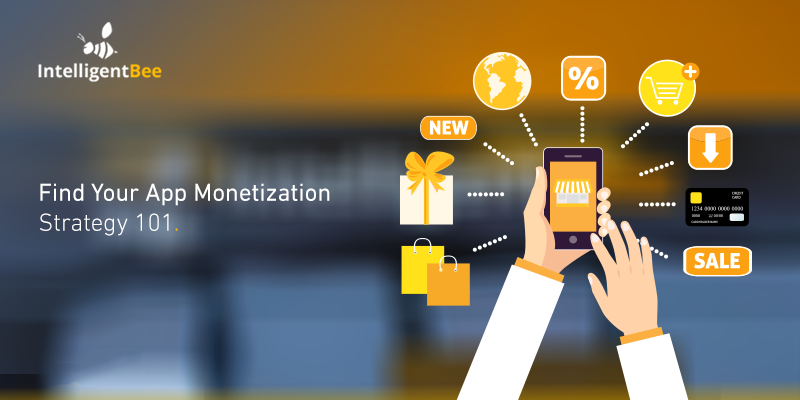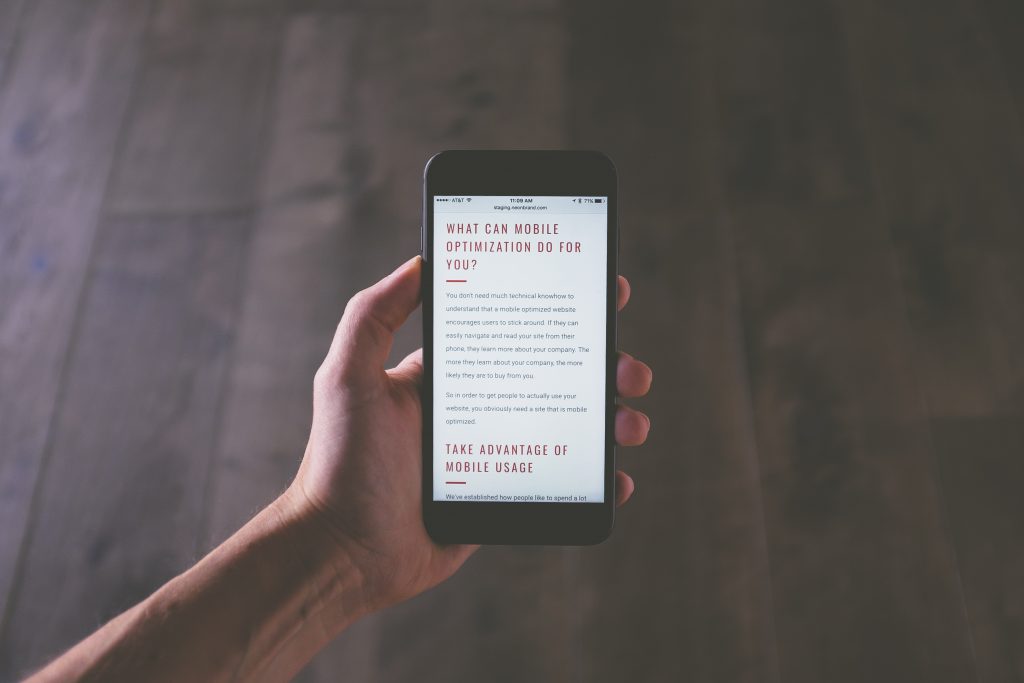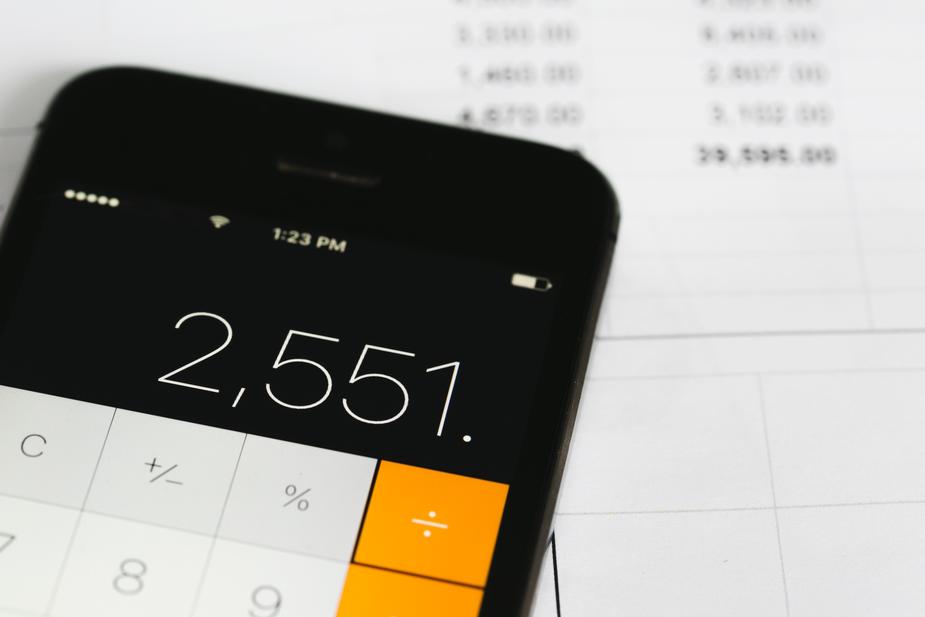The first rule to find a good mobile app monetization strategy is that there is no one-size-fits-all kind of solution. If you’ve landed on this page looking for that, there is no miracle we can work out for you.
But if you have an app idea and you’re thinking of turning it into reality, there is a series of questions you should answer to first.
Before anything, you should know as much as you can about your target audience:
- who they are
- why they need your product
- what kind of needs you can solve and
- how they can be delighted in the long run.

After you’ve figured out the way who your audience is and the best way to get to it, you should start thinking of app monetization strategies.
Many next-to-brilliant business ideas die before blooming because their creators failed to take the time to think of a good, old long-term plan before putting pen to paper. Approximately 80% of startups fail because they don’t pinpoint key points of the business plan.
In order for your app to gain traction, you will have to think of a business model that is based on user-added value. One of the most important indicators of this business model is the way you are going to generate revenue from your app.
At this moment, approximately 2% of the existing apps account for more than half of the money generated by app users. To count yourself in, you’ll have to come up with a solution that will answer some important long-term questions, featured below. As most of the American smartphone users still download zero apps per month, there is room to develop the app market even further.
Who is your target audience?
To answer this question, you will have to start building user personas for your app-to-be. As much as your product will provide a significant advantage to a niche audience, you can’t afford to have a single persona interested in your product.
A persona is a fictional person that represents an entire group of people, with the same characteristics that make it a potential client of your app. When promoting a product, marketing and salespeople use personas to make the communication more personal and to understand the reasons that would make a target segment consume your product.
Each persona will have a name, a job, a relationship status, interests and passions and everything that makes it real enough for you to relate to its needs.
Once you’ve established the problem that you are going to solve for each persona, communicating about your product will be much easier, as you can focus on efforts on offering a specific advantage.
If you’ve got an app idea that you think will be the next big thing among your target audience, but you can only think of one homogenous group of people who may take interest in that product, one of two things may be happening:

A) You haven’t divided your audience well enough.
The way you segment your audience can become really important. While everybody who uses your product will get the same features, in the end, the advantages these features bring them can make the difference between choosing you over your competitors.
Because of this, it is highly relevant to position yourself differently for different parts of your audience. Suppose you have developed an app that identifies your location. While all the users will be getting the same thing out of your new product, their advantages differ significantly. Parents will be happy to know where their children are, teenagers will be glad to stalk that girl from class who they’re afraid to confess their love to, and young people will find it easier to catch up with their friends during lunch break.
Your product won’t appeal as much to young people aged 27 to 35 if you’re presenting your product as an app that allows you to stalk your crush from the comfort of your home. To make sure that you haven’t forgotten any audience segment, think of all the possible reasons why different people may enjoy your product.
Once you’ve done that, arrange these audience segments in the order of their importance. Who are the two or three personas that may make your app popular? Who is the persona that’s most likely to pay for additional features of your app?
Depending on the answers to these questions, you will later start drawing short-term and long-term objectives that you’ll link to different personas, as well as the concept that will best encapsulate your product’s identity.
B) You have only identified a segment of your potential audience.
If the entire audience you’ve identified consumes your product for the same advantage and you cannot differentiate between segments, you should start looking for other potential targets for your products.
There is virtually no product out there that can be consumed by one homogenous group of people. Once you’ve made sure that your audience can’t be broken down into more specific sets, you should think of other people who could take an interest in your app.
What is different about your product?
In order to make your product stand out from all the other millions of apps in the play store, you have to identify the advantage or set of advantages that would make users choose it over competitors’ products.
Designing a functional app simply isn’t enough if you have monetization in mind. The best start point for this is to chart your competitive position.
Look for all the actors on the market and see what they brought different to the table. Identify what’s missing for a better overall interaction of your user with the app, and try to provide it to your target audience.
Why is your differentiator a relevant advantage for your target?
A product that is just different will never generate revenue (or it will rarely do and everyone will be either amazed or appalled). Having a functional app that generates revenue is a matter of sweating and laboring and steady growth.
The reason this difference you ‘come up with’ matters is that your target audience should choose your app because of this specific feature that all the other apps managed to ignore, despite it being crucial for the user experience.
After you’ve gone through all these steps, it’s time to check the most important monetization strategies that you can use for your app.

In-app Ads
The mechanism behind this strategy works well for services that people don’t have the incentive to pay for. Depending on how much value it has or how industry-specific your application is, you may want to take this app monetization strategy into consideration.
Let’s see how it works:
- When downloading the application, users will provide data enrichment platforms with information about their behavior, interests and a general user profile.
- The platform sells user profile data to marketers who want to target specific kinds of audiences in their campaigns, in order to optimize ad relevance.
- Marketers place targeted ads into the platform, and they have to pay for app space and exposure, as well as other key performance metrics, such as the number of clicks, how qualified the leads are and how many people actually become conversions after having seen a well-placed, relevant ad.
- The advertising space is data driven and the exposure generates revenue to the platforms. At their turn, these platforms redirect part of their money to the apps that give them advertising space.
- Due to this economic mechanism, users have access inside the apps for free, while app creators can still generate revenue, charging marketers for advertising placement.
When not to use this app monetization strategy
Depending on the app you’re building, you may want to think twice before using this strategy. When deciding what app monetization strategy you should use, the most important thing to take into account is the profile of your persona.
More than just one persona will be interested in your app, as we’ve established above. In this case, you should consider whether any of the personas you’re targeting is willing to pay for the kind of service that you’re offering.
If the app you’re building provides a clean solution to a current problem that your users may experience, you could ask users to pay for a premium service. However, if your app is a small interactive game or a simple solution to a tiny problem that doesn’t interfere with your users’ day to day activities, then in-app ad monetization is a good fit for your business.

In-app Purchases
In order for this model to work, you will have to think of either digital or physical goods or services that you can offer the users who are willing to pay for them. The vast majority of games out there use this monetization strategy, because once a game becomes addictive, users will be tempted to pay for a better experience. Of course, other apps use it too, especially since this kind of monetization is favored by users.
Before getting started with this monetization model, you will have to come up with an elaborate plan for the types of products that you are going to be selling through your app.
If it ever so conveniently happens that your application is a fun, addictive game, your problem is half-solved. The user base will be interested in spending more and more time playing your interactive game and, once they start to feel the frustration of not being able to level up or evolve fast enough, they will be more than willing to pay for a little in-game help.
Suppose your app is actually a carefully organized online store, you should answer a few questions before your application hits the play store:
a) Why should users buy from me and not my competitors?
When answering to this question, you should identify the key advantages that your product has by comparison with your competitors. Finding your unique selling proposition (USP) is a good and necessary starting point. Think of it as one advantage to rule them all.
b) Why should users buy from the app and not the actual store?
This is a legitimate question if you already have a store that you manage efficiently. If people enjoy spending their time browsing through your products inside the store, you should give them a reason why this entire activity should be reduced to a simple online-shopping method.
c) Why buy from the app and not the website?
If you also own a website that’s an e-commerce platform or at least offers users the possibility to purchase items directly from there, you should give them a good reason why they should switch to app. Maybe some promotions or targeting the app to extend your audience to the younger generation should work. Of course, depending on your product, the answer to this question may require more than an educated guess.
d) What upselling strategies can you use to increase your revenue?
Suppose that you are your own user and you’ve made a purchase through the app. You are now the happy owner of a product. The question that should automatically follow is what now?. You have to make sure that the user is delighted with your services even after making a purchase.
Creating an upselling strategy can help you overdeliver to your customer. Before doing this, however, you will also have to offer your customers perks that will keep them engaged. Very often, people who have installed an app for one punctual issue will immediately uninstall it when done. To make sure that this is not your case, find a long-term strategy to help you generate customer loyalty.

Paid/Premium Apps
Premium services usually have a solution to a recurring problem that all the other existing apps didn’t manage to solve up until now.
The premium system allows users to install the app only after having purchased it from the app store. If this is the type of app monetization strategy you wish to go for, you have to make sure of two things:
a) That your differentiator is highly relevant to user experience
Some people are willing to try out new apps, especially if the products promise to solve a recurring issue that the customer has encountered with all free products out there. However, you have to make sure that your user base will continue to use the app after one month, and won’t end up paying for yet another service they don’t use.
The way you delight your customers through your services builds a strong community around your product, one that will work as potential brand ambassadors for your app.
b) That you have a long-term plan of how to scale your business
Review consumer life-cycle and see the logical path a customer will go through when using your service. Supposed your users paid the $4.99 to download the app. The question you should answer to is: what next?
Are you going to focus on building a large community of people who are willing to make a one-time payment for your app and then let them use it without any other process going on? Or are you going to come up with better, exclusive services, that will differentiate between the average user and the pro ones?
In other words, you should consider coming up with a plan to make upsells to the existing users. We’re not saying this is a necessary step. Depending on your business profile and model, it may not work at all. However, coming up with a long-term strategy is part of your business development job description, and you should figure it out before your app is live in the app store.
Freemium Apps
This type of app monetization strategy seems to be working quite well for a lot of business managers out there. Numerous digital products became successful while using a freemium monetization model. From MailChimp to Dropbox, all freemium apps have one thing in common: they understand user needs and have a sustainable growth mentality that drives engagement and credibility.
It is easy for the target audience to use Dropbox knowing that they can scale their business easily and, when that moment comes, they don’t have to switch services, but just upgrade to a paid subscription. The same kind of principle can be applied when it comes to mobile apps.
To know whether this app monetization strategy is suitable for your business, you have to go through three different questions:

a) Is the free app good enough to make customers want to try it out even if they don’t have to pay for it?
This goes further than vanity metrics. Generating a strong user base is not only relevant because of how much revenue they can generate once they decide to pay for your product, but because this builds credibility in your product and the awareness you need to scale your business.
When thinking of their product, many developers will focus on ‘saving’ the best features for the subscription users. While this kind of mentality can work up to a point, the free product should be challenging enough per se to generate a user base.
b) Is the app well enough optimized so that potential premium users will have a good reason to pay for the extra features?
Avoid the opposite pole. In your attempt to make sure that your app will be used by the vast majority of people who won’t pay for the service, you should make sure that the paid service will be valuable enough to generate sales and respond to a need your user may have, whether it is an in-app need (if you’re developing a game, for instance), or a real-life issue that you can solve.
c) With or without the paid features, how is your app different from all the other apps on the market you’re targeting?
This point is not necessarily specific to this type of app monetization strategy, but it is crucial whenever you’re about to develop a product.
Sponsorship
This model is generally used by developers who already have an insanely popular app that generated revenue, and who can prove their sponsors that they are worthy of the money. Sponsorship is the newest app monetization strategy of the app world, and it involves users being rewarded by different brands after having completed an in-app milestone.
However, if you’re just starting with your first app idea, this path may prove to be rocky.

Subscriptions
The main way that this monetization method differs from the freemium one is that instead of blocking a series of premium features, the app developers block most of the content. Therefore, people have the incentive to pay if they are interested in the preview and want to find out more.
Most of the media apps work under this kind of app monetization strategy, and for the giant actors on the market, it seems to work out just fine.
A good way to make this monetization strategy sweeter for your audience is to allow users to have a free trial, which will hopefully get them hooked on your product.
Just like sponsorship, this app monetization strategy is only recommended if you already have a loyal user base who is willing to pay for quality content.

Key Takeaways
- Developing an app is way more than just the code that makes it work. You have to think of a clear target audience that you will then divide into different personas.
- Then, focus on finding the main advantage that makes your product distinguishable from your competitors (called unique selling proposition or USP).
- Once this is done, all you need is a solid long-term plan to monetize your app.
Does app monetization bug you, too? Write us a comment or drop a line and let’s chat.